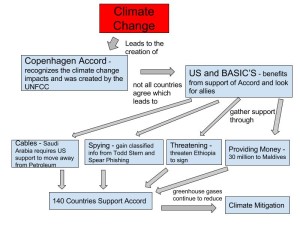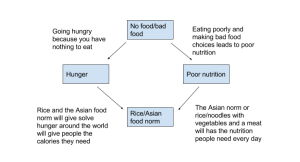1) In this module, we talked about biodiversity and how humans have been influencing biodiversity for a long time and how it has caused extinctions. So research and describe an animal or two that was a “human caused” extinction and how it became extinct. This prompt should be 150-200 words.
Humans have caused 322 animal extinctions over the past 500 years and about two thirds of those have occurred in the past two hundred years with one of the 322 being the West African Black Rhino. The West African Black Rhino was a subspecies of the black rhino. In 2011, it was declared as extinct and last existed in Cameroon. There was a survey in 2006 done that did not find any living signs of the West African Black Rhino. The West African Black Rhino became extinct because of poaching from humans because of the high demand and price paid for their horn. Another animal that was declared extinct in 2008 was the Caribbean monk seal. It was declared extinct in 2008 after a five year review and search by the National Oceanic and Atmospheric Administration’s National Marine Fisheries Service. The Caribbean monk seal was last seen in the early 1950s but have been hunted since the 15th century. The European explorers began arriving in the 15th century and began to hunt the Caribbean monk seal. They were hunted for their fur, meat and oil by fisherman and whalers until they became extinct.
http://www.huffingtonpost.com/2013/10/22/11-extinct-animals_n_4078988.html
2) In this module, we also talked about biodiversity and The Amazon Rainforest. Describe what is being done to help preserve the Amazon Rainforest and what can you do individually to help preserve the rainforest. This Prompt should be 150 – 200 words.
The Amazon Rainforest was being cut down in order to increase economic growth in Brazil. Within the last ten years, Brazil’s economic growth has continued to expand through an expanding agricultural output. All of this is being done while deforestation is being reduced. Whenever trees are being cut down, the animals of the rainforest are losing their habitats. The processes of restoring entire ecosystems are being restored and trees are being planted. Although this is just a start, without any or very little human pressure, the Amazon rainforest will recover completely in those areas after a couple of years of being left alone. Brazil has set aside more protected areas over the Amazon Rainforest so it can’t be cut down and continues to do that to this day. One thing that will can do as individuals is to not buy anything that is made with wood from the Amazon Rainforest. The demand for the wood will go down and deforestation will halt to an end.



